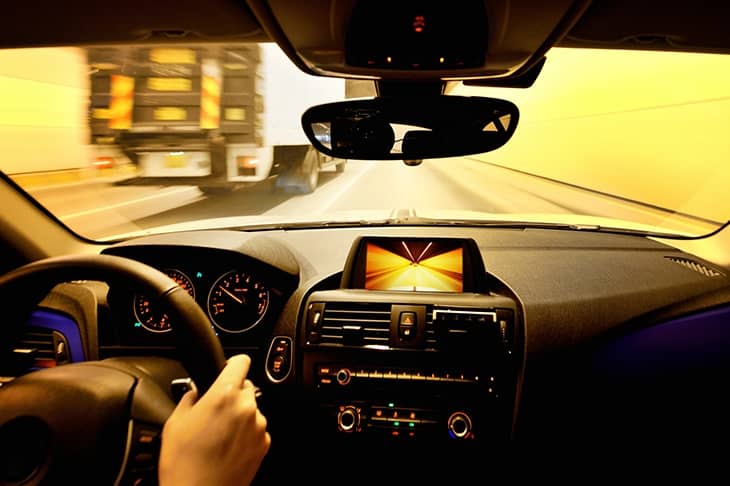After an incredible 13 emails, Vodafone decided that I was who I was claiming to be, and refunded my money.
I’m still not sure where my phone disappeared to, or whether it is coming back. They did not offer any explanation for why I bought a phone in their store in Guildford, got it home, discovered it didn’t charge, and took it back to be told no, I absolutely could not have a refund, or an exchange. No, they could not possibly just nip out the back and get me another one. They had to send the faulty one away.
The guy was so rude to me it’s entirely plausible that he shoved it under the desk. But he said it was going to be packaged up and they would call me when it was fixed. I did point out that as the sim card was now in my purse, and the phone with them, how on earth were they going to call me on it? Did they want another number?
But he just waved me away and said: ‘Yes, yes, they’ll contact you,’ and showed me the door.
Cue 13 automated emails between me and Vodafone head office, all about whether I was who I said I was. And that went on until I simply told them to enjoy the articles.
An algorithm in the system must then have set off an alarm and made a real person somewhere in the organisation read the entire email exchange, and they must have then pressed the emergency override button to make the computer say yes. For a few hours later, a real person messaged me to say I could have my money back.
Nothing about where the phone was. If I want to find out any more, I’m going to have to click a link and log on to their website using a pass code I would have given them when I first took out a Vodafone account more than ten years ago. I cannot even begin to remember what that is, and under the circumstances I’m not going to try, because if I get the code wrong I imagine I will be frozen out of my account, and Nokia have kindly sent me a new phone, after reading about this debacle, so I want to keep the line active.
No, I can’t face any more. They have worn me down.
So I must leave my broken phone in the ether, or, indeed, under the desk in the shop where I last saw it.
A real person at Vodafone was finally good enough to credit my account with what it cost and some extra for the inconvenience.
The problem, as usual, was that until then, the entire thing was being handled by computer, and the one thing they still can’t get computers to do is common sense.
Driving down the M40 the other night from a trip up north, the builder boyfriend and I saw crash after crash.
‘I don’t think I have ever seen so many accidents,’ I said. And the BB explained his theory that the apparent rise in the number of car wrecks you see on the roads is because people are blindly following the instructions of their onboard computer.
I think he may be right. I got into a friend’s brand new car recently and as soon as my backside hit the seat a series of alarms went off. He climbed in and tried to start the car and more sirens rang out. A computer screen on the dashboard lit up with myriad instructions, all exclamation marked, and an electronic voice said very crossly: ‘Drive safely and always obey traffic laws!’
No chance of that, yet. We fastened our seat belts but the alarms continued. My friend fiddled with the ignition but the car wouldn’t start. I asked him what the hell was going on and he explained that until he did everything in the exact order the computer wanted, the car would not start.
He tried the ignition again, to no avail. In the end, he remembered how to press pedals and push buttons in the precise order the car wanted, while probably looking at the computer screen with a certain expression — you know, a nice calm happy face that it judged indicated he was in a good enough mood to drive causing him and other road users the least possible risk.
It would not surprise me if people are driving along obeying their onboard computers, heeding spurious warnings about being too close to the car to the left, and so on, and as long as the computer doesn’t say anything else, they don’t do anything else.
And when a car suddenly swerves across their lane, they simply plough right into it.
Because the computer didn’t say no.
Got something to add? Join the discussion and comment below.
Get 10 issues for just $10
Subscribe to The Spectator Australia today for the next 10 magazine issues, plus full online access, for just $10.
You might disagree with half of it, but you’ll enjoy reading all of it. Try your first month for free, then just $2 a week for the remainder of your first year.















Comments
Don't miss out
Join the conversation with other Spectator Australia readers. Subscribe to leave a comment.
SUBSCRIBEAlready a subscriber? Log in